The song "Thi Mau" performed by singer Hoa Minzy has a cheo style with a witty melody and lyrics. In just a few days of its release, the MV (music video) "Thi Mau" has reached the top of the YouTube Vietnam trending list.
Endless source of materials
On the social networking platform TikTok, many artists and audiences have made cover clips of the song "Thi Mau". Many people even wore Ao Tu Than, transforming into the character Thi Mau. The song "Tu phuc em la Thi Mau" has also become popular on social networking platforms.
Although the content is about Thi Mau - a character in the literary work "Quan Am Thi Kinh" - Hoa Minzy's storytelling is quite unique. Hoa Minzy said: "Thi Mau's flirtatious style at the age of 15, 16 will have a mischievous side, not experienced or wise. I carefully researched the character to portray the most innocent and mischievous side of Thi Mau. To make the audience feel comfortable watching the MV, I put modern music, choreography, beautiful costumes, and eye-catching effects into the product, in addition to the elements of Northern Cheo".
This is not the first time a musical product with literary images has been enthusiastically received by the audience. Hoang Thuy Linh also caused a fever with "De Mi noi cho ma nghe", "Banh troi nuoc", "Ke cap gam ba gia"; singer Duc Phuc also brought the image of Chi Pheo, Thi No into the MV "Het thuong can nho"; singer Bui Cong Nam also "made waves" with the song called "Chi Pheo".
In recent years, the use of literary inspiration in music videos has gradually become a trend chosen by many young artists. Literary and folk materials in music products are considered as attractive elements that easily penetrate the subconscious of the audience. Through carefully invested music videos, familiar characters in books seem to come to life through new lyrics and melodies.
The use of traditional and folk literature images in Vietnamese songs is not a new method. Many famous songs composed by famous musicians have been created in this way, such as "Chuon chuon ot", "Nguoi o dung ve" (Le Minh Son); "Ngau hung ly ngua o", "Tuy hung ly qua cau" (Tran Tien); "Thanh pho mien quan ho" (Nguyen Cuong); "Con co" (Luu Ha An); "Loi ru Au Lac" (Nguyen Minh Son); "Bong bong bang bang" (Only C); "Nguoi da ba hoa stone" (Tran Lap)...
Some authors follow the trend of borrowing characters from fairy tales or legends as material for the theme of their works. Typical examples are the songs "Today's Tam" (Ngoc Chau) with the image of Tam in the fairy tale "Tam Cam"; "Rise the drum, my friends" (Pham Tuyen) with the image of mother Au Co in the legend "A sack of 100 eggs"; "The legend of Nui Coc lake" (Pho Duc Phuong), the author was inspired by the folk tale about the faithful love of the Princess and the Coc boy to praise the natural beauty of Nui Coc lake.

Singer Hoa Minzy with MV "Thi Mau" is currently leading the YouTube Vietnam list. (Photo provided by the character)
Your own creative way
The method of expressing national cultural identity in music has been exploited before, but now young singers have innovated the way of doing it. To attract audiences, many young singers have invested a lot of money in their music products. Singer Hoa Minzy revealed that she had to spend billions to make the MV "Thi Mau". The MVs of Duc Phuc, Hoang Thuy Linh... also invested hundreds of millions of VND, even billions of VND for setting up the scene, costumes, music production...
Most young singers have interesting ways of transforming literary characters into their music products to increase entertainment for viewers, spreading joyful and positive messages. For example, the character Mi in the MV "Let Mi tell you" by Hoang Thuy Linh is much more cheerful than the character Mi in the original version by writer To Hoai. Or in the MV "Het thuong can nho" by Duc Phuc, a tragic love triangle between Chi Pheo, Thi No and Ba Kien's son was also created. These MVs were made as a kind of "side story" of literary works that conquered the audience.
Experts say that making music products with literary, nostalgic, and folk elements is not a simple matter. These products require much larger investments than other products, so they require young singers and artists to be passionate, talented, and also to contribute their efforts and money.
DTAP group affirmed: "We are extremely proud of Vietnamese culture, of the 54 ethnic groups, each of which has its own unique cultural features. Therefore, we want to learn, exploit and convey those beauties to a wide audience, especially the Gen Z generation, so that everyone can have a closer look and love their country's culture more."
Music videos from literature performed by young singers show that the public is receiving these musical products enthusiastically and openly.
Source


![[Photo] Prime Minister Pham Minh Chinh meets with US business representatives](https://vphoto.vietnam.vn/thumb/1200x675/vietnam/resource/IMAGE/2025/5/13/5bf2bff8977041adab2baf9944e547b5)
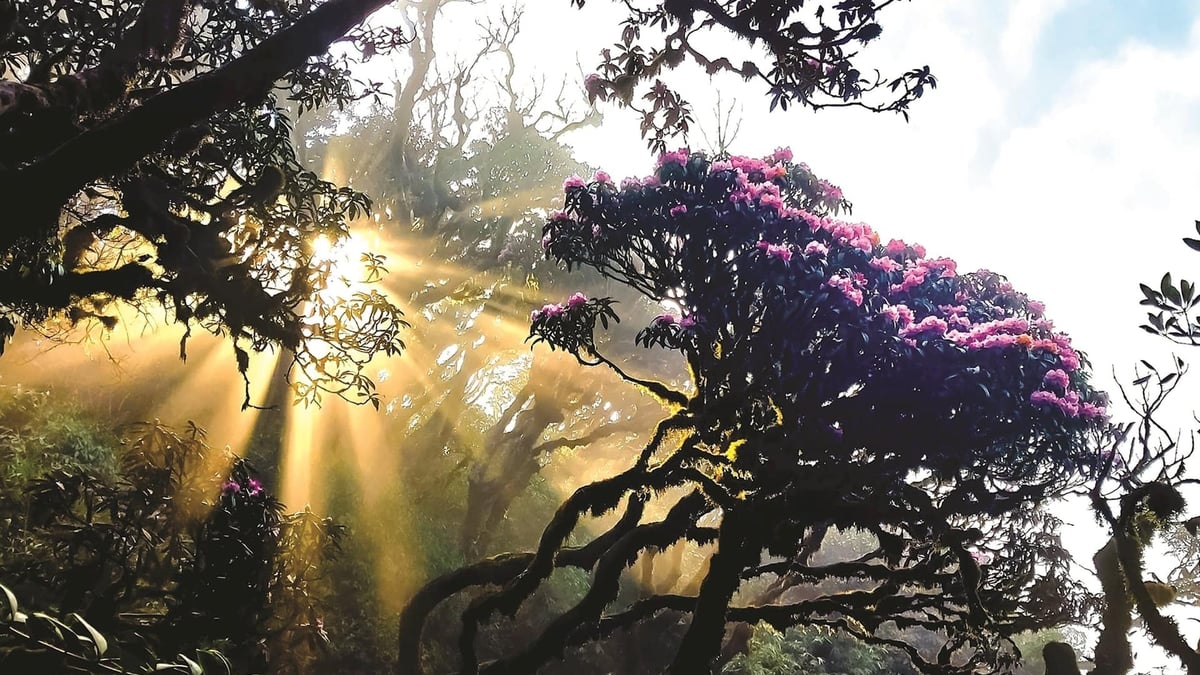

![[Photo] President Luong Cuong attends the inauguration of the international container port in Hai Phong](https://vphoto.vietnam.vn/thumb/1200x675/vietnam/resource/IMAGE/2025/5/13/9544c01a03e241fdadb6f9708e1c0b65)


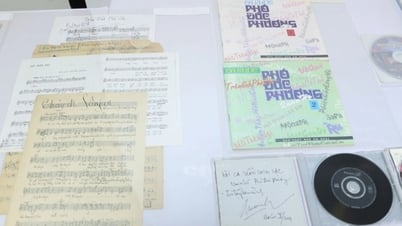

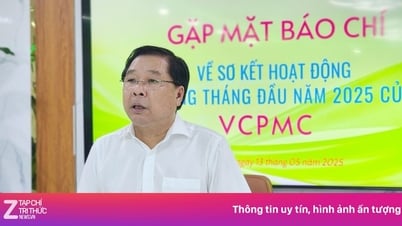
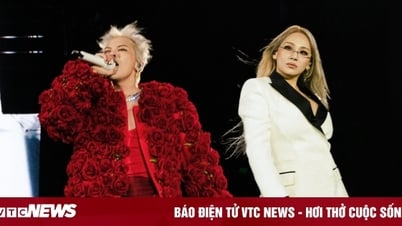

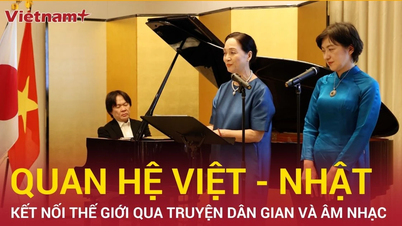





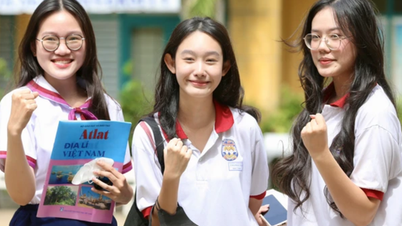



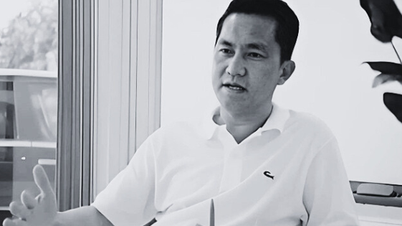


















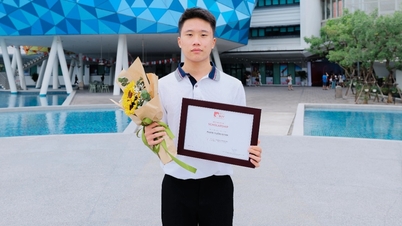
































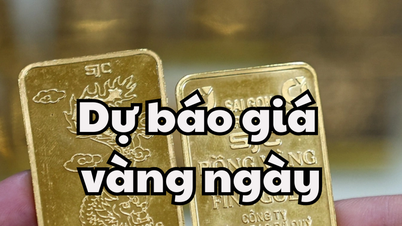




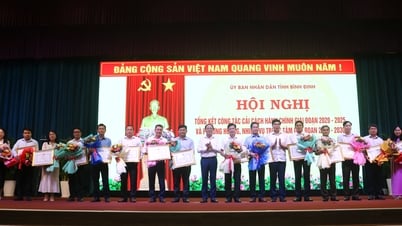

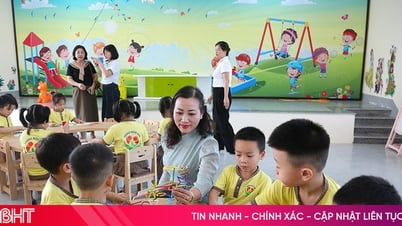










Comment (0)